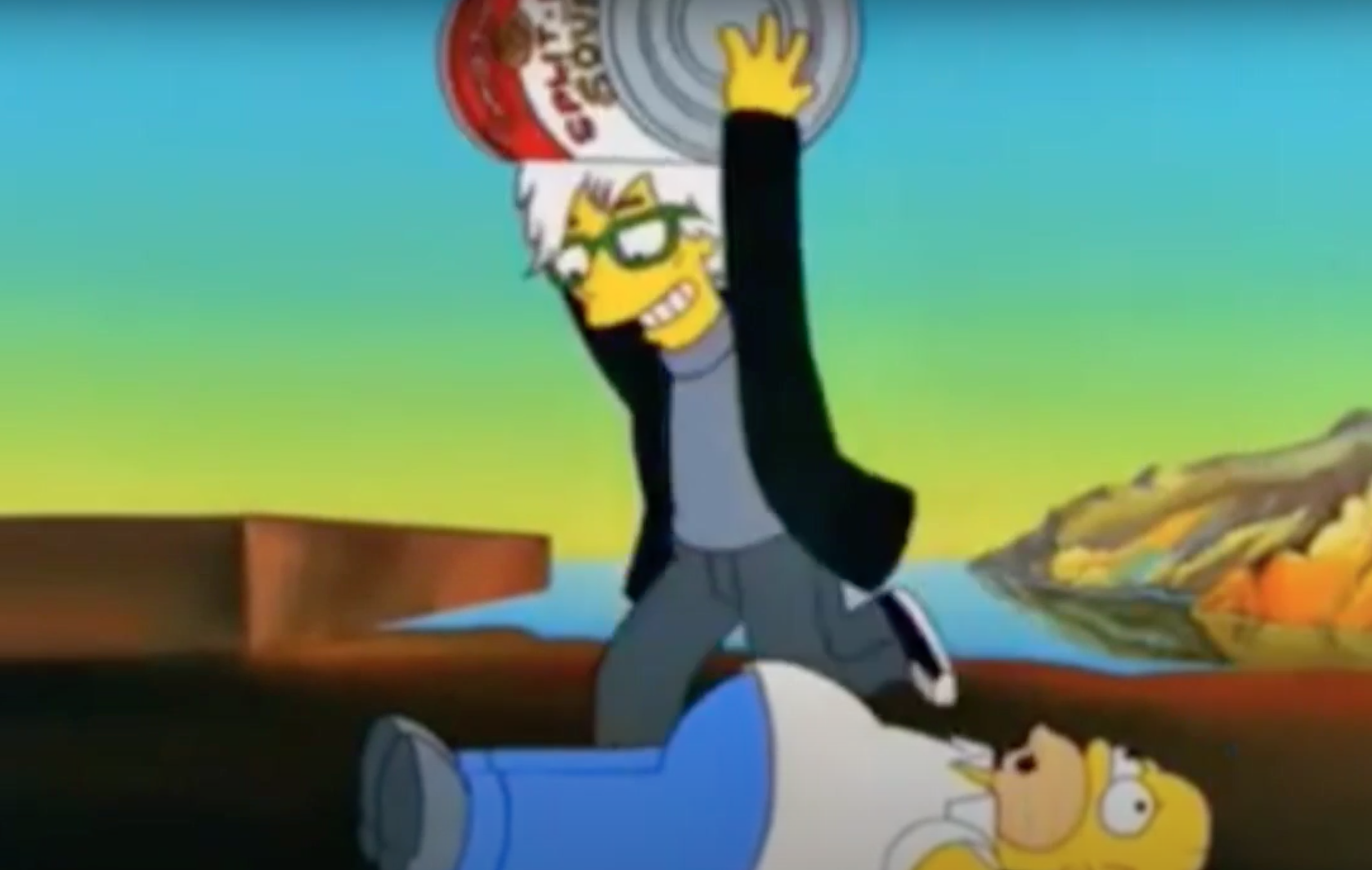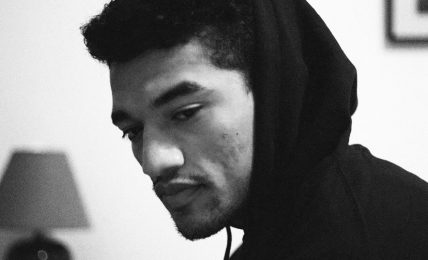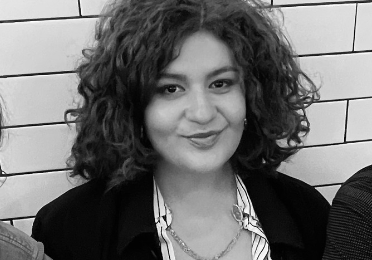Digital America interviewed Robert Spahr in November 2023 about their Crufts (YEAR) pieces.
:::
Digital America: The CRUFT series involves creative use of code, along with glitches and errors, and comes up with auto-generated images and videos that collage media from a chosen source and update automatically at a set time interval. In software development, cruft is often defined as badly designed, unnecessarily complicated, or unwanted code or software. How do you define cruft in your art?
Robert Spahr: There was so much broken and fragmented information to consume, so the task was to build something from the leftovers. This is Cruft.
We live in a state of information overload, an Internet-induced collective hallucination and it’s toxic. The commercial news media behaves as if we all live within a reality TV show. Every day is a new self-contained episode with clearly defined good guys and bad guys, presented as a daily fragment with no memory of what happened in the past. Cruft is made from digital leftovers, the information fragments that are no longer relevant.
Today almost everyone uses digital technologies at some point within their creative process, resulting in an idea that affects us all. This idea can be stated simply that once media is digital, it is also computer data. The implications of such a simple statement should not be underestimated. When a digital image is being altered in an image editor, the media is being changed, and so is the computer data. This data is malleable and allows for automation due to the fact it is modular and variable in nature.
Cruft is variable, fragile, and impermanent, resulting in art that allows me to investigate broader issues of traditional concepts—such as stillness, repetition, overload, uncertainty, and loss.
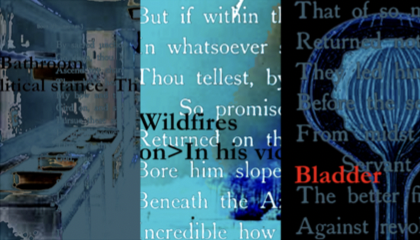
DA: What is your decision-making process on what themes to explore in your media, and how do you match each theme with the art medium you want to use for it?
RS: I don’t have just one way of choosing themes or specific media when making art. I make work in order to understand what I am thinking and feeling. Sometimes on rare occasions, I have a very specific idea in mind, and I then make the work.
I make art about things in the world that I find interesting, frustrating, or mysterious. The most simple ideas often produce the most compelling art. I usually make the work without having a specific idea in mind and use the process of the making to develop the work, the themes, and the subjects. I do my best to stay open to happy accidents and surprise directions of inquiry. I let the process wash over me to see where the process takes the work. The process is much more important to me than the product. For Cruft, I think about the code running as a computer process as the work itself, and the resulting digital images as a residue of a collaboration with the Internet.
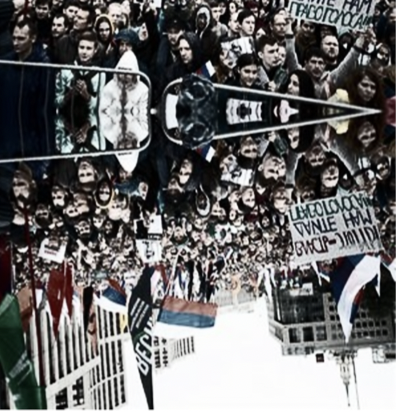
DA: Many argue that we are in the “post-internet” space of art creation, and have been for some time. It is this idea that we can’t make internet art anymore because there’s no clear distinction between the internet and our “real lives”. What does the idea of “post-internet” mean to you?
RS: I don’t just use the Internet to make art, but my art is about the Internet. My work explores the very nature of the Internet, pulling at its strengths and exposing the flaws, producing what has been called
Post-Internet art, that by definition references the “network” that we all inhabit, and ultimately, it’s effects on our society and culture.
One of the challenges of our time is that these technologies promise free expression, and yet ironically they seem to only produce the tightening of already existing corporate and government control. I am of the generation that believed the Internet was going to be a democratic place that created a level playing field where everyone could express themselves. Unfortunately, it didn’t turn out that way.
But we can resist the Internet platforms that collect our personal data and limit our expression. In the late 1990s I began using GNU+Linux as my computer operating system and free and open source software in my art making. The use of technology that encourages freedom, rather than control, is important to me in my art practice. The philosophy of free software is a good model for learning about the empowering potential of art and technology through collaboration. Free software means free as in freedom, not free as in no cost. To have the freedom to look at the code and understand how it works, to have the ability to make changes, and to share those changes with others is exactly how successful education works.
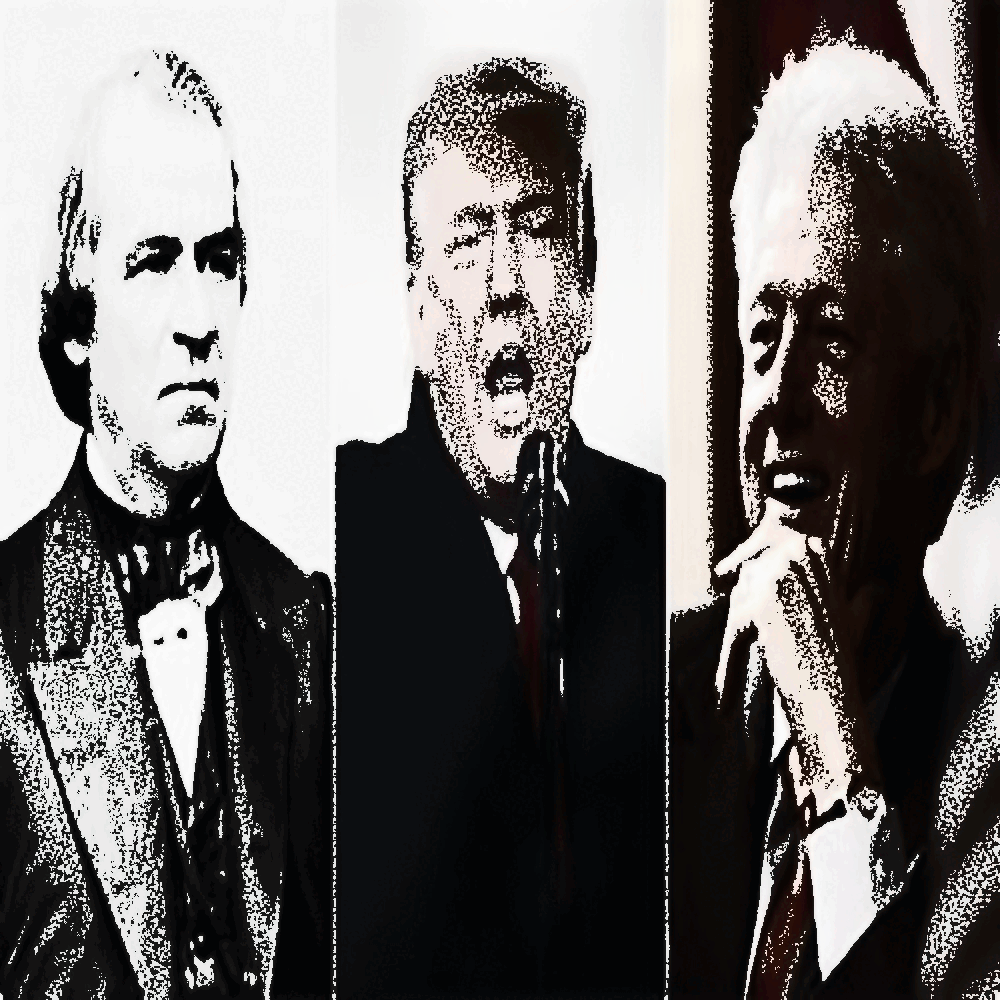
DA: Your upcoming paper, “Towards a Theory of Radical Juxtaposition,” suggests a focus on the juxtaposition of elements in your work. Could you provide insight into how this concept informs your recent pieces and what you aim to convey through such juxtapositions?
RS: Radical Juxtaposition is used in the art of collage, assemblage and montage. Collage historically is made of the fragmentary wastes of consumerism. It is an aesthetic of the 20th Century that celebrates the incomplete, and mirrors the fragmentation of working the assembly line, reading the newspaper, or wandering the department store. In the 21st Century this is reflected in the overload of our news feeds, and the fragments of digital information on all of our screens. I am interested in subverting juxtaposition for artistic purposes. This can be successful by combining two or more different sources into something greater than it’s individual parts. I use metaphor, shock, and a violent collision of ideas that produces an insight or a feeling with a dream-like sensibility.
DA: The themes in your auto-generated art seem to be on quite hot and controversial topics. For example, as I come from Belarus I felt strongly about seeing an image from the Russian protest for freedom of speech in the Metastasize Cruft piece. Do you censor the code at all and is there any limit to what themes are taboo to be explored in your art?
RS: I don’t censor my code and I don’t think there is any theme that is taboo and can’t be explored in my artistic inquiry. I am interested in how the humanities and technology shape our individuality and communities, and how the arts and humanities can inspire us to ask who we are and what our lives might mean. This results in an artistic inquiry into fundamental questions about our values, ideas, fears and dreams. Much of my art is designed to poke and prod the viewer, provoking a sense of hostility and discomfort which hopefully produces an epiphany much like a Zen Koan. Other works intentionally produce a sense of empathy. Art can interrupt our Internet-induced collective hallucination and offer us moments of stillness and introspection. Art must synchronize our heartbeats to be the catalyst for real political and cultural change.
DA What project are you currently working on?
RS: I am continuing my long-term project Cruft, examining the relentless flow of information on the Internet that quickly becomes digital leftovers to reveal a relationship in which we don’t simply consume media, but are also consumed by it.
Right now I am working on a series of Cruft that explore the emotional use of color. The first in this series is called ‘Sand Dune Cruft’.
:::
Check out Crufts by Robert Spahr
:::
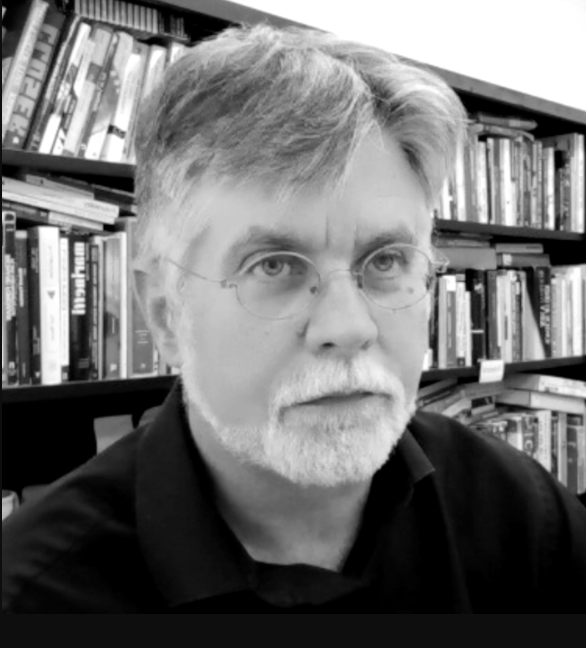
Robert Spahr is a multidisciplinary visual artist who produces code-based automated art, as well as live art performance and traditional physical media. His work explores the nature of the Internet, falling into the genre of post-net art that explores the web’s impact on our society and culture. He is the Director of the School of Media Arts in the College of Arts and Media at Southern Illinois University, Carbondale and has an MFA from Parson’s School of Design

